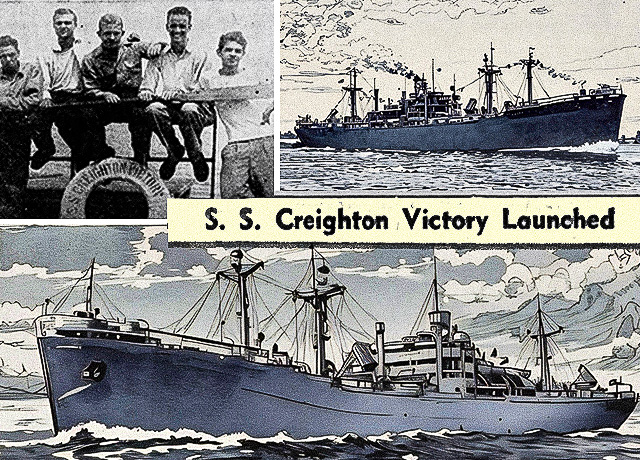Featured Testimonial About Creighton University
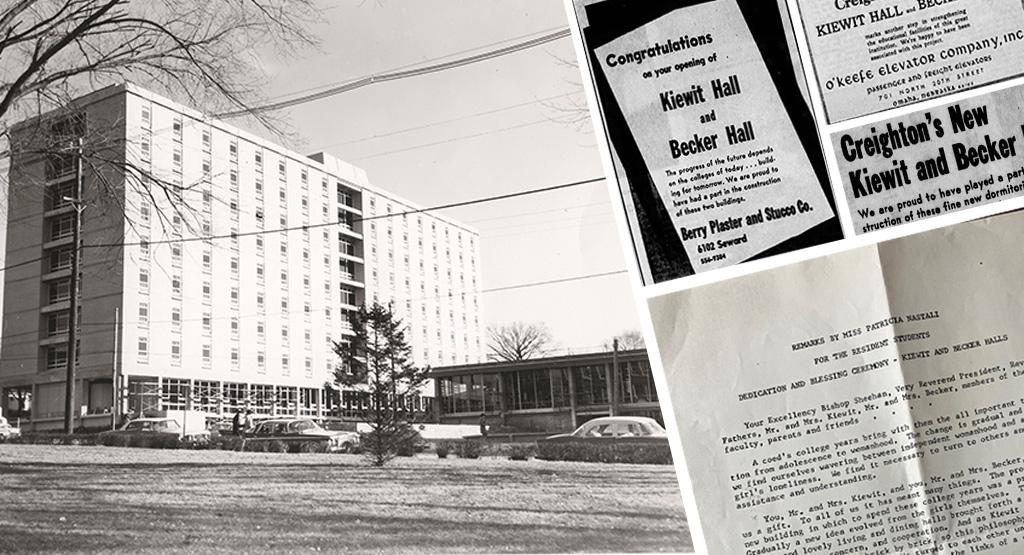
That’s what I remember most about Kiewit, the circles of friends that we had. It was just a really supportive, very rich culture.
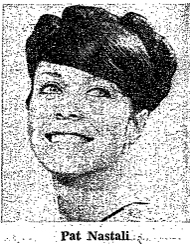
The rooms were so bright and beautiful. So modern and welcoming.
But what Pat (Nastali) Alea, BA’67, remembers most about the day of her 1966 dedication speech to Creighton campus leaders and donors was the excitement she and other women shared about their new home.
Kiewit Hall was for them. For women!
“We’d been given this gift that was really deluxe, high-end and new,” Alea said. “It was something we all were really excited about. It felt like a turning point for women on campus, at a time when the (national) culture was turning also. Everything about Kiewit Hall was really wonderful.”
(Gallagher Hall was the first dorm on campus built exclusively for women. It opened in 1961. But Kiewit Hall, with its layout, décor and amenities, appeared to be even more intentionally designed with women in mind. A decorating committee of female students had a say in drapery choices, color pallets and furniture options. “Even girls who claim to hate dormitory living will be comfortable” at Kiewit Hall, according to an Omaha World-Herald article.)
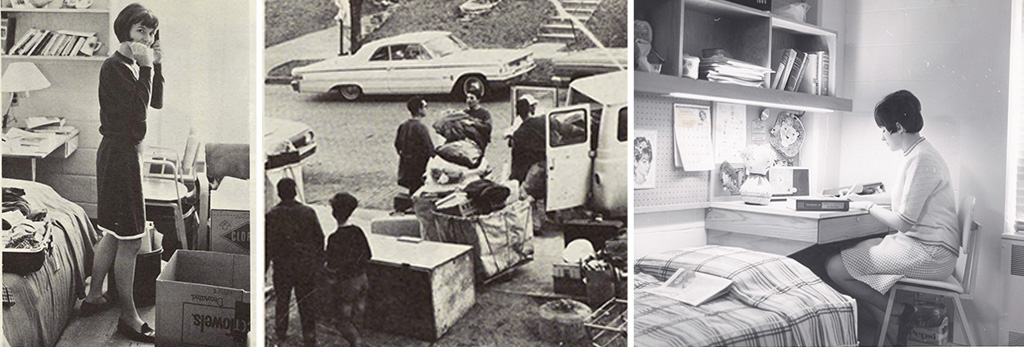
Kiewit Hall is gone now. View photos of Kiewit Hall’s 2024 demolition.
Like most former Kiewit Hall residents, Alea said she was sad to hear the news that the cherished dormitory would no longer be standing on campus.
But Kiewit Hall’s legacy of community and togetherness will live on. For nearly 60 years, it housed Creighton students who made lifelong friendships and lasting memories inside its walls.
Alea included. She remembers that communal energy and spirit blossoming within Kiewit right from the start. Three hundred women moved in the first year (it was a female-only dorm until 1975).
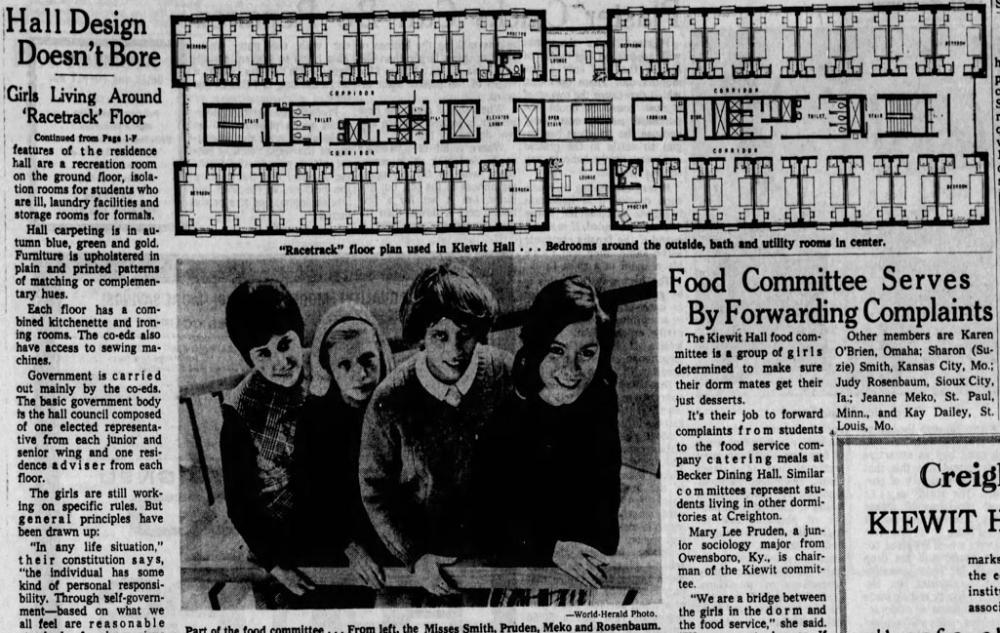
Alea said the Kiewit Hall women inspired each other, they supported each other, they cared for each other.
“It might just be that women at that stage of life, they confess themselves to each other — every thought, every insecurity, every problem,” Alea said. “We just worked it out by talking about it. That’s what I remember most about Kiewit, the circles of friends that we had. It was just a really supportive, very rich culture.”
And, of course, they had a lot of fun, according to Alea.
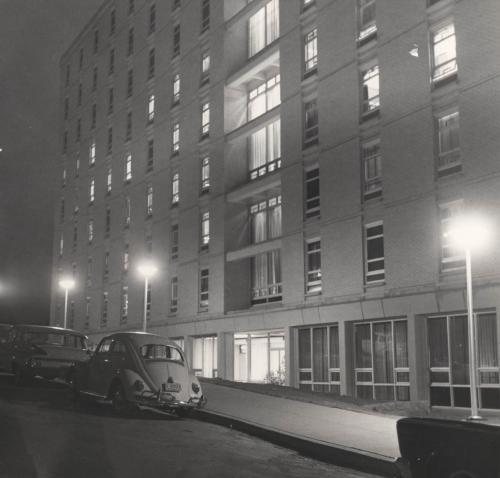
There were late nights in the study rooms. There were pranks with the fire alarm. A few mischievous residents used tape and glue to build a “wall of newspapers” outside the elevators so when the doors opened on a certain floor, all you saw were headlines, classified ads and comics.
But Alea can reflect on the more serene moments just as fondly. At Creighton, with the help of mentors and peers, she defined the guiding principles that would direct her in life.
“My Jesuit education provided me with the classic Aristotelian thinking about core values and how to live your life and the Western canon, which I'm very much a fan of,” Alea said. “Living a self-examined life was probably the most important thing that I gained at Creighton, because it's the umbrella for everything else.”
That atmosphere of personal growth and meaningful connection was exactly what she’d envisioned in her dedication day speech on a special day in 1966. She thanked the Kiewit and Becker families for the lead gifts that supported construction of the new residence hall.
On that day, she told the crowd that “the promise of new and lovely living and dining halls brought forth a philosophy for community love, concern and cooperation.” She said she and her classmates would carry that spirit with them.
Safe to say, generations of students followed the lead of Alea and the first Kiewit Hall residents. Kiewit Hall lived up to its promise.
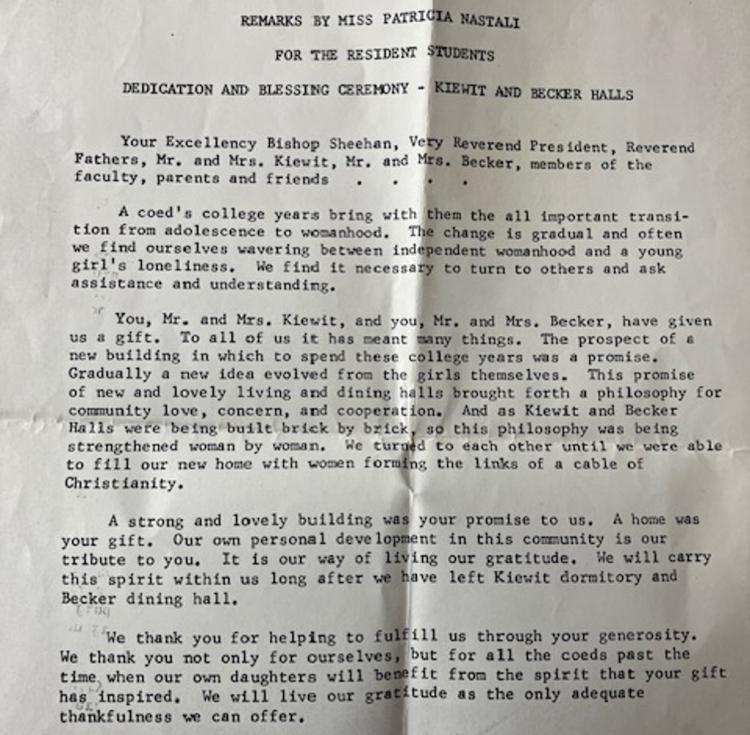
***
After Creighton, Alea spent much of her professional career serving as an advocate for women in leadership and professional development. She co-authored the book “The Best Work of Your Life.” She was the founder and manager of the Women's Executive Leadership Summit at the University of Wisconsin-Madison, and she was a member of a dozen organizational boards of directors.


